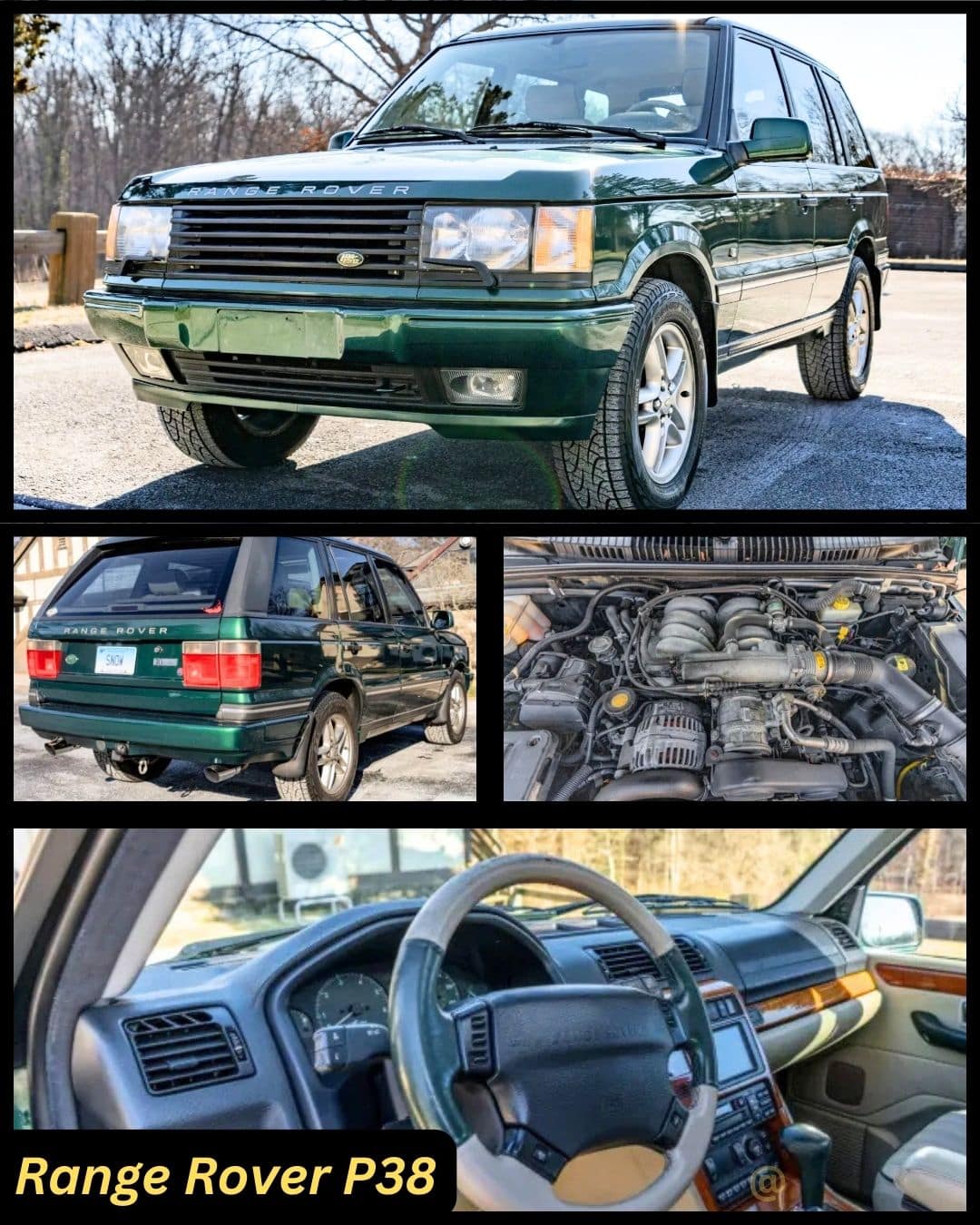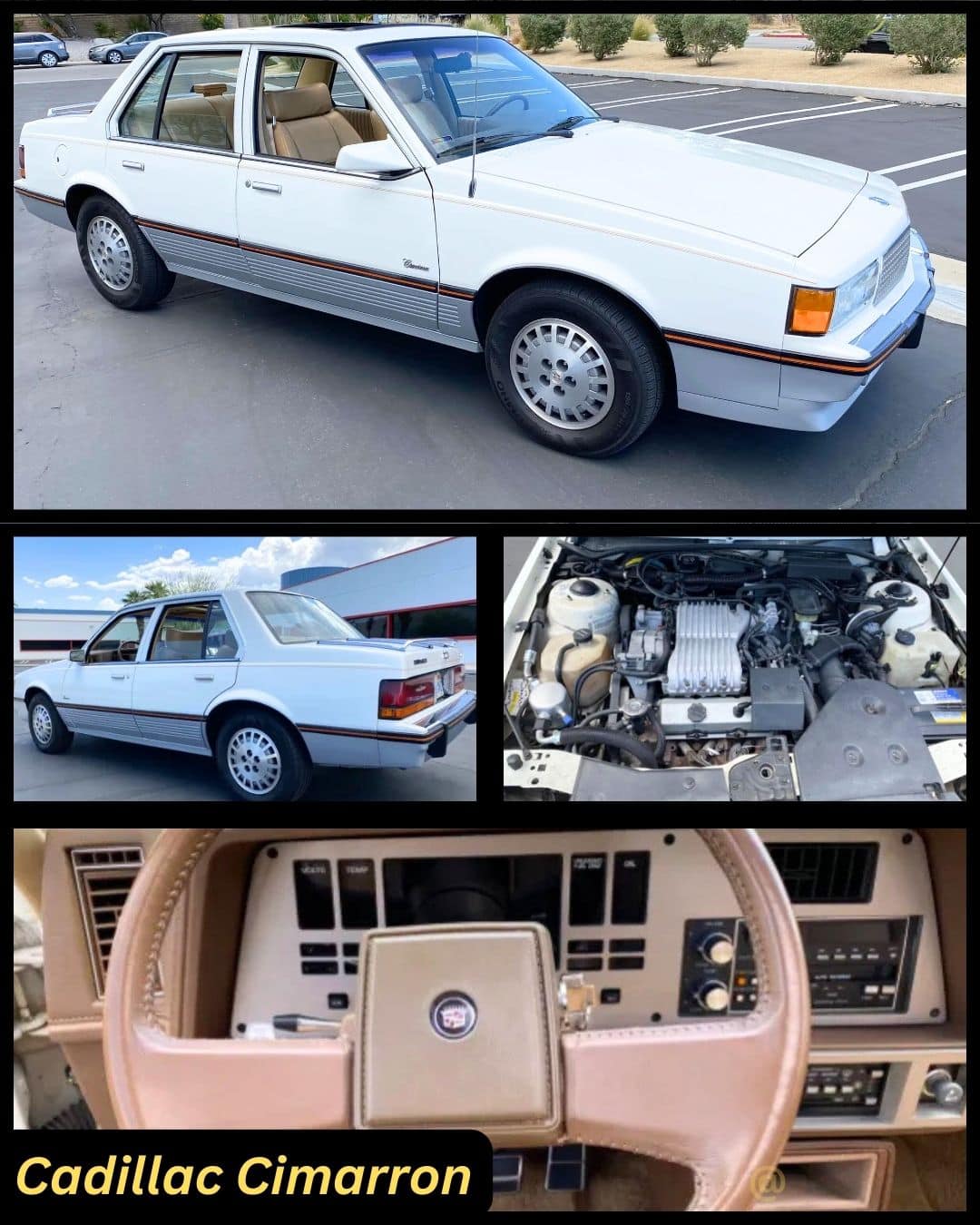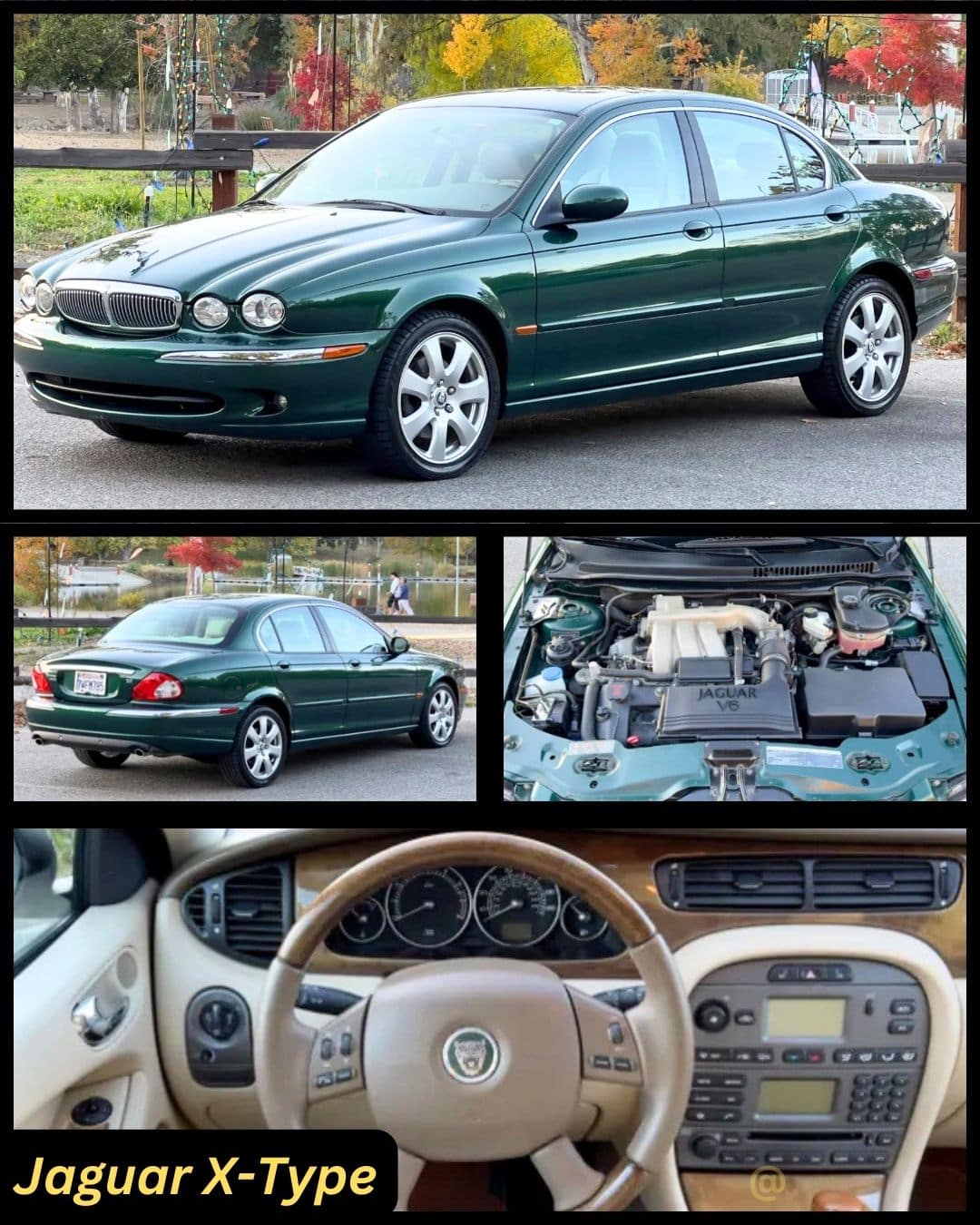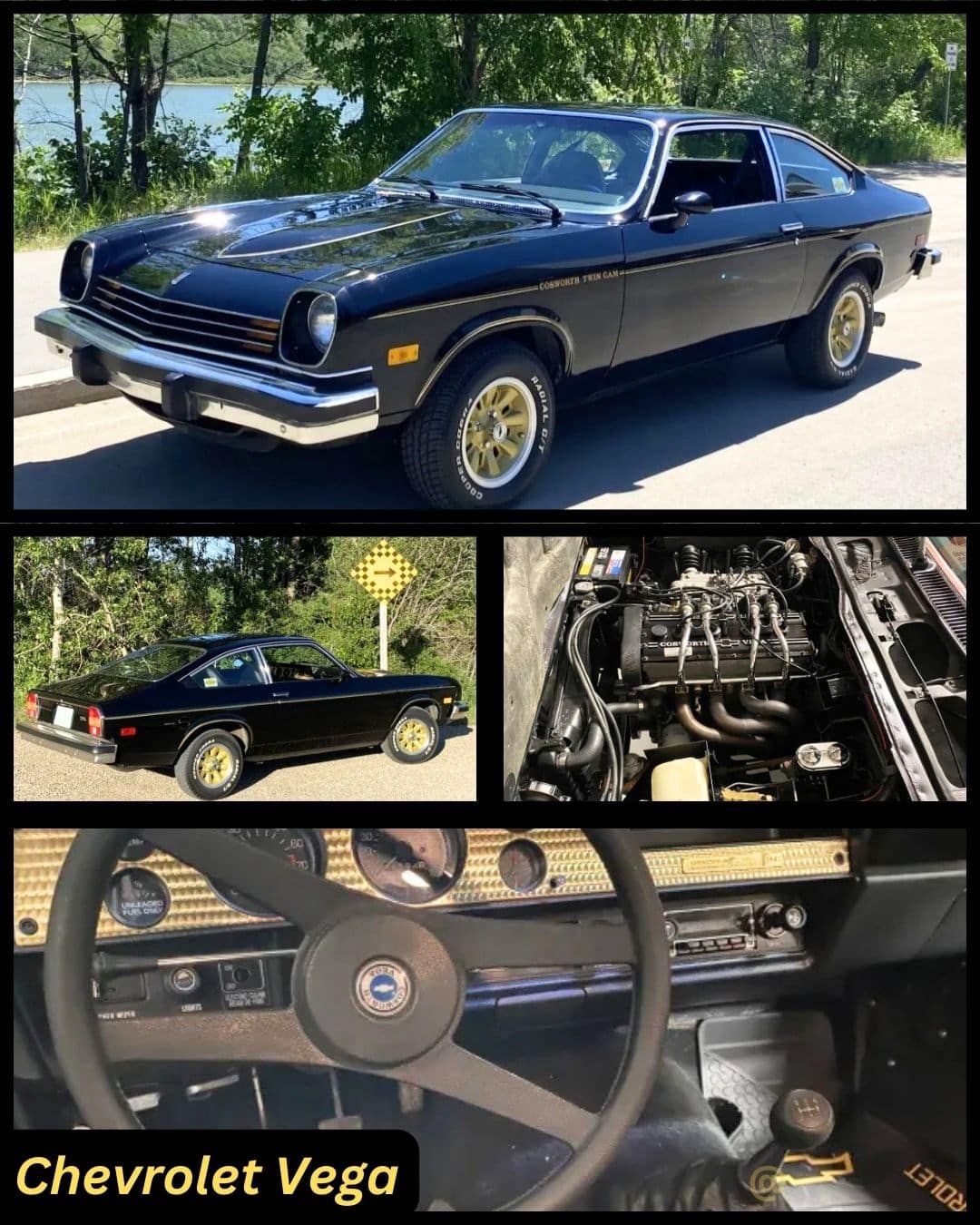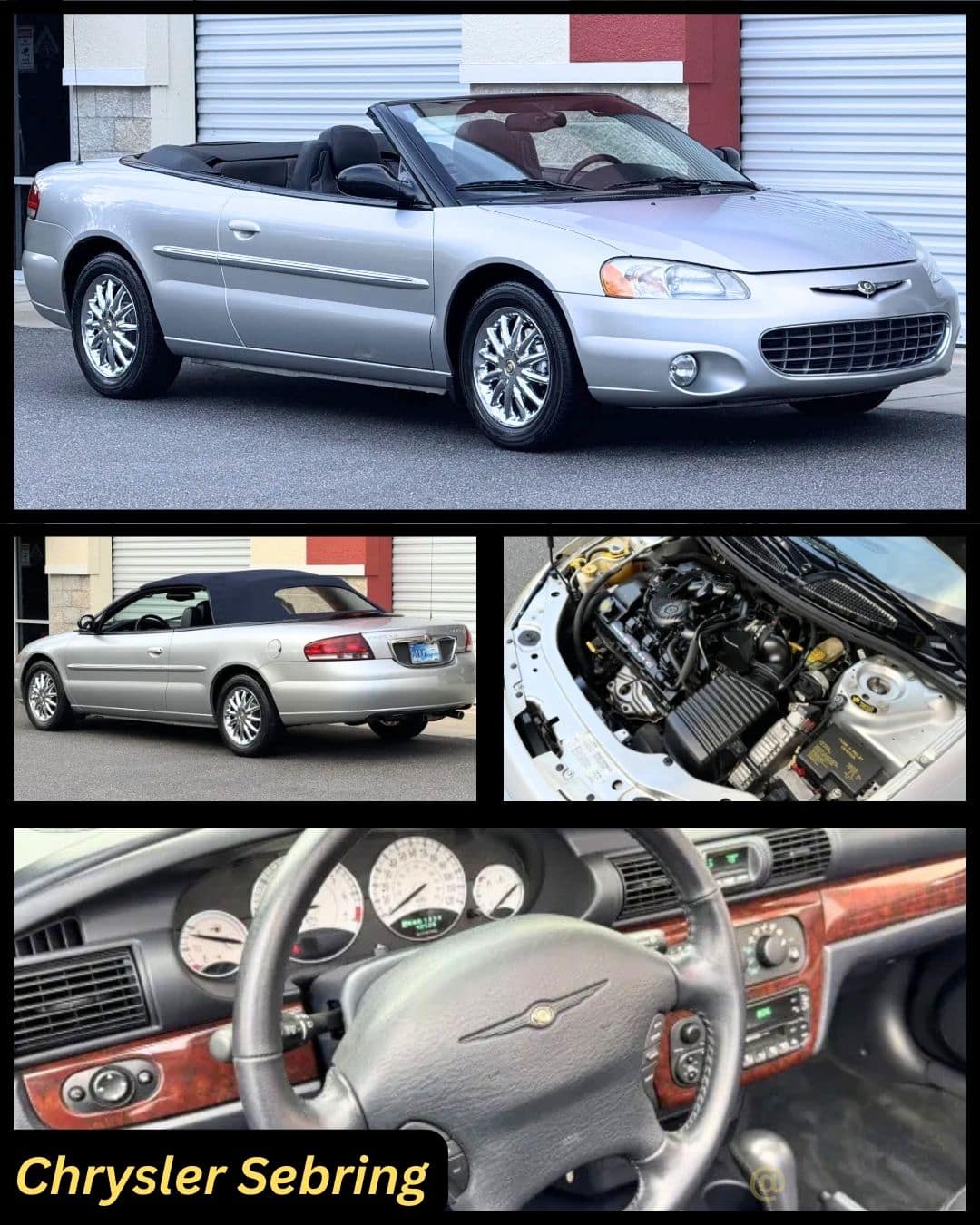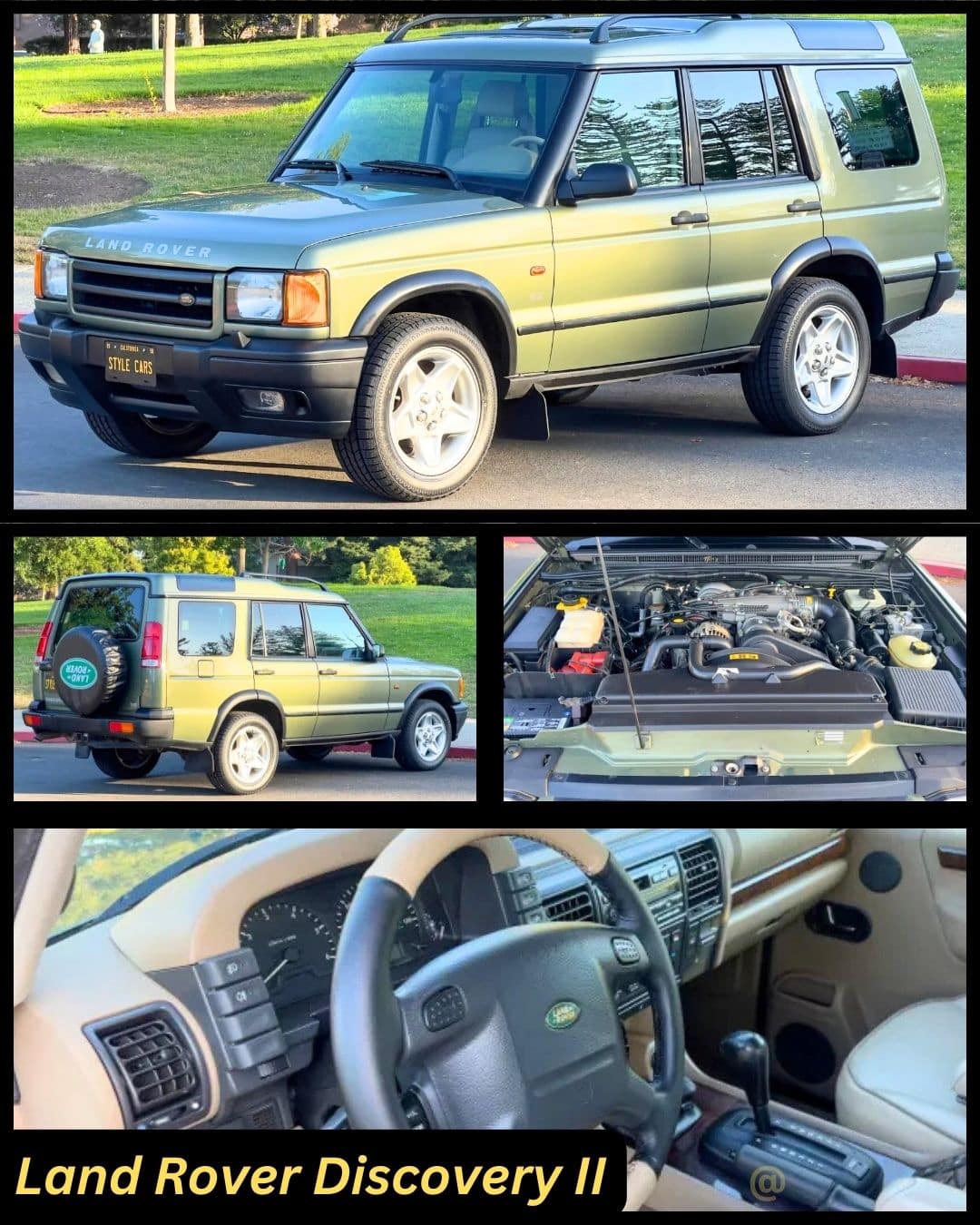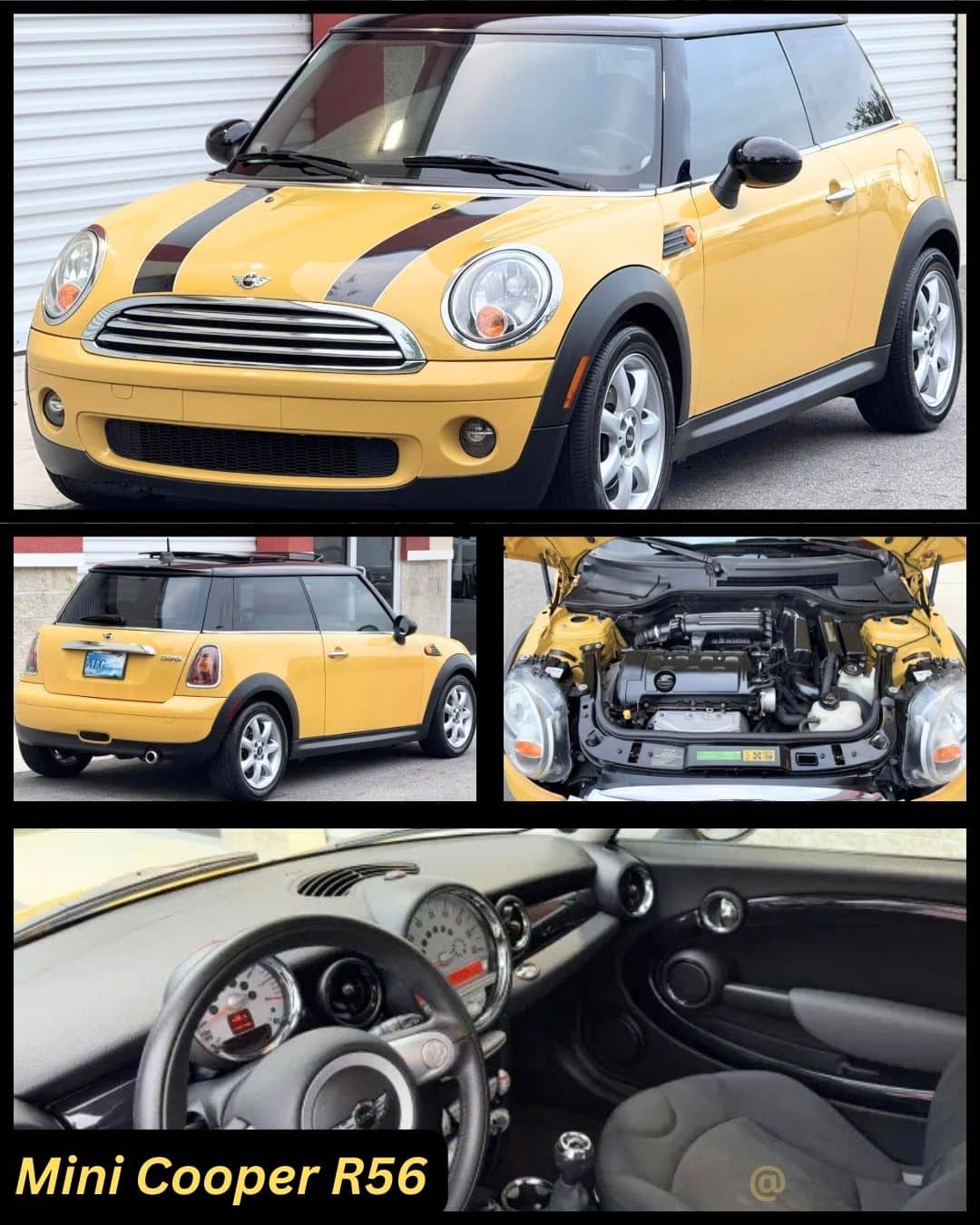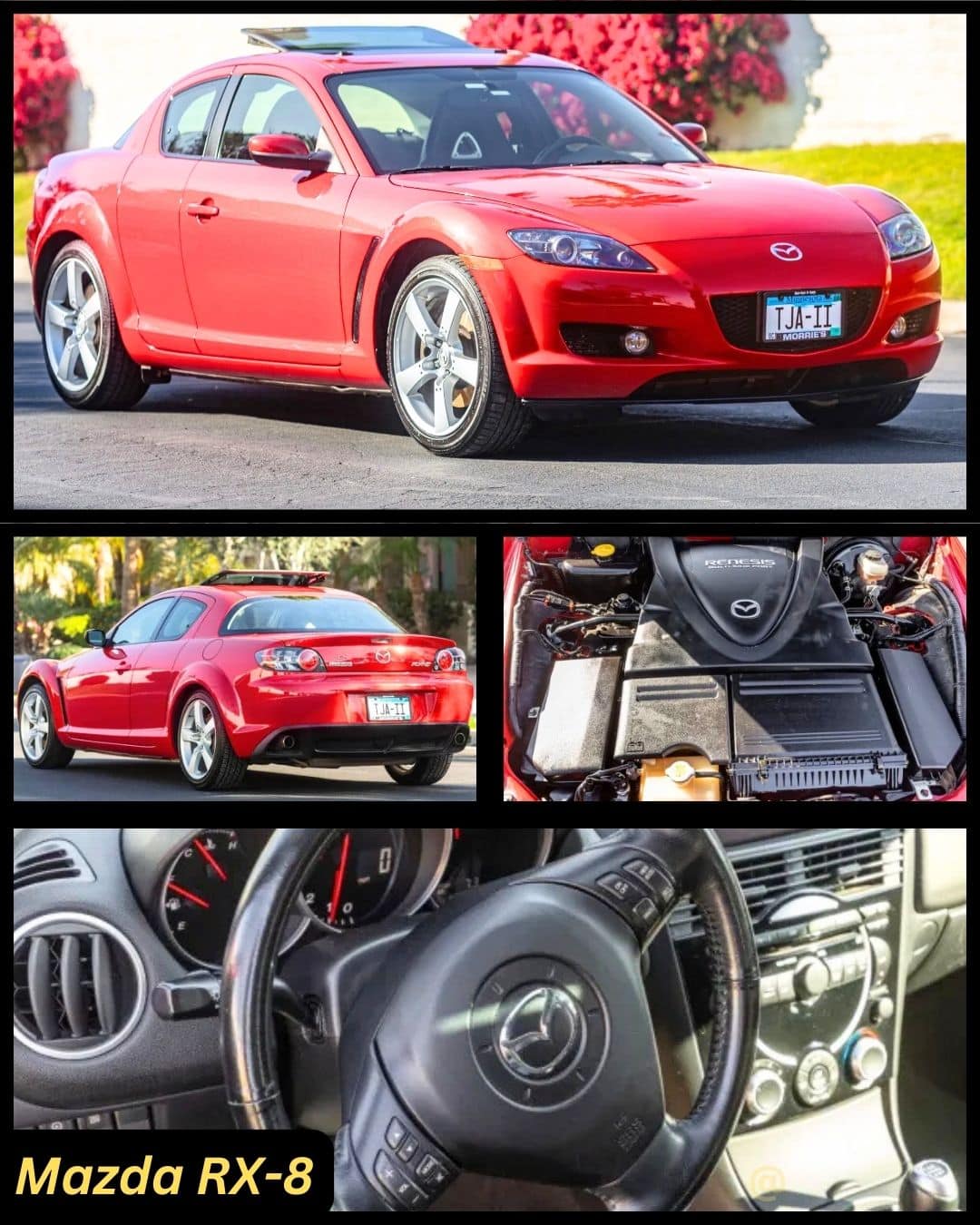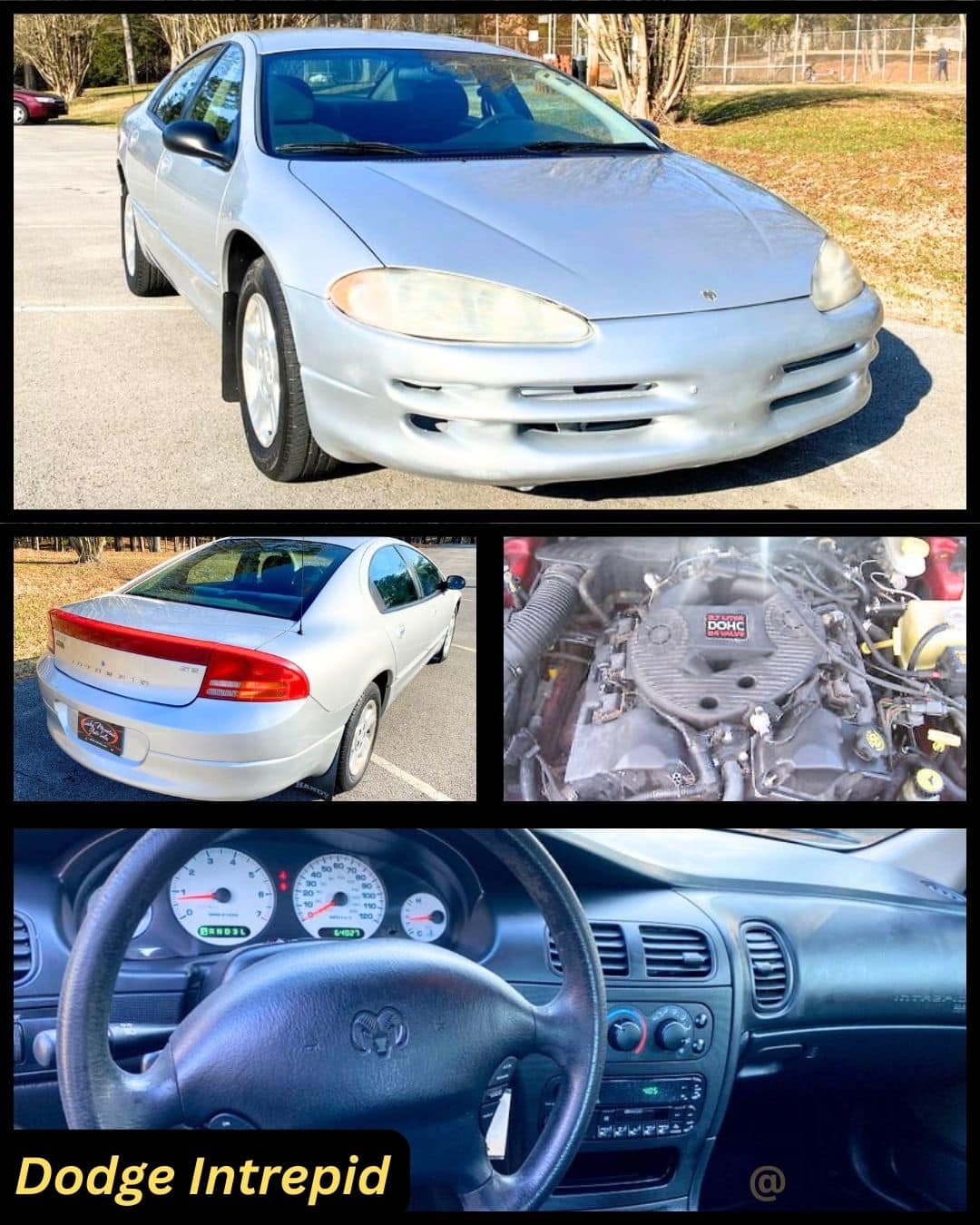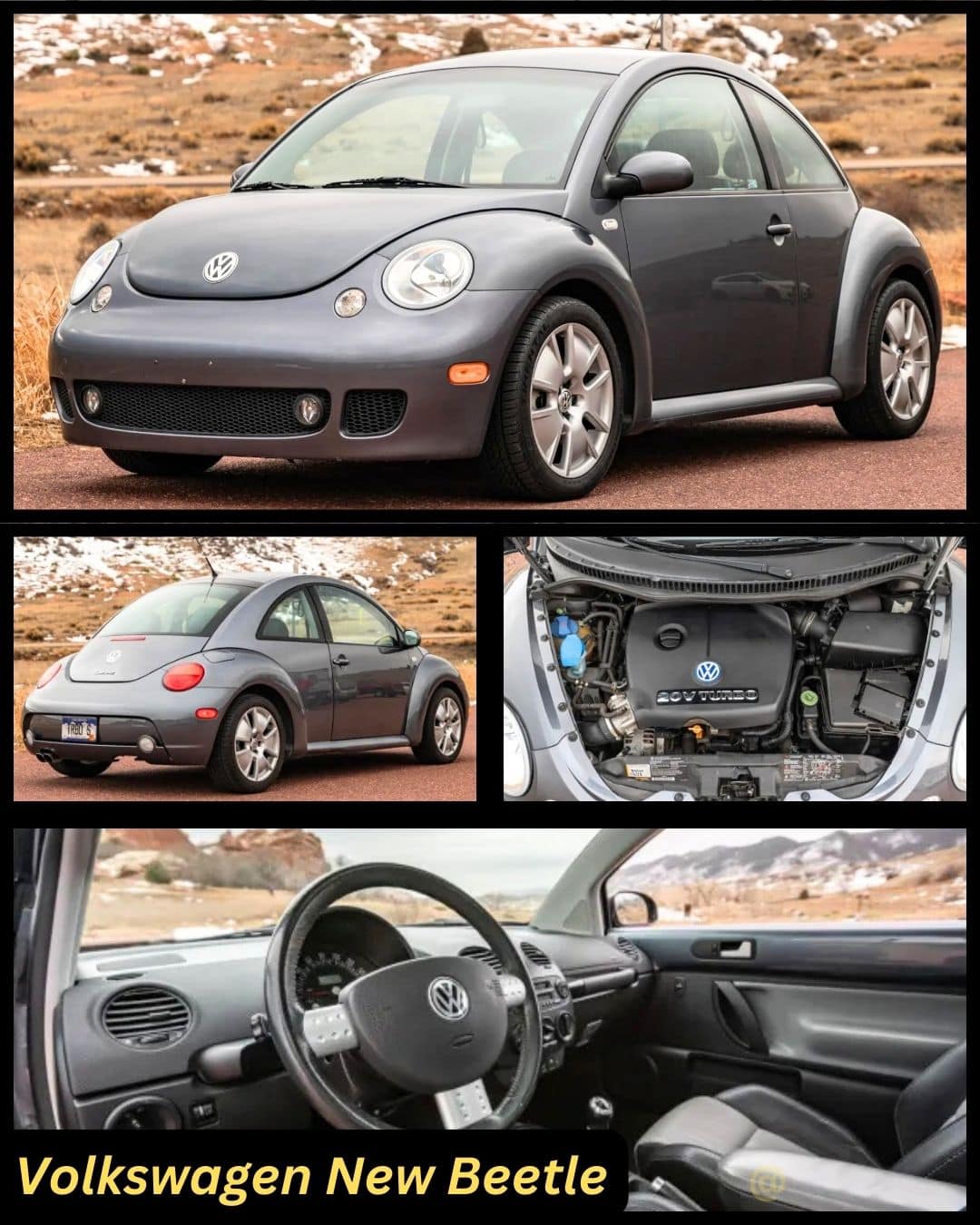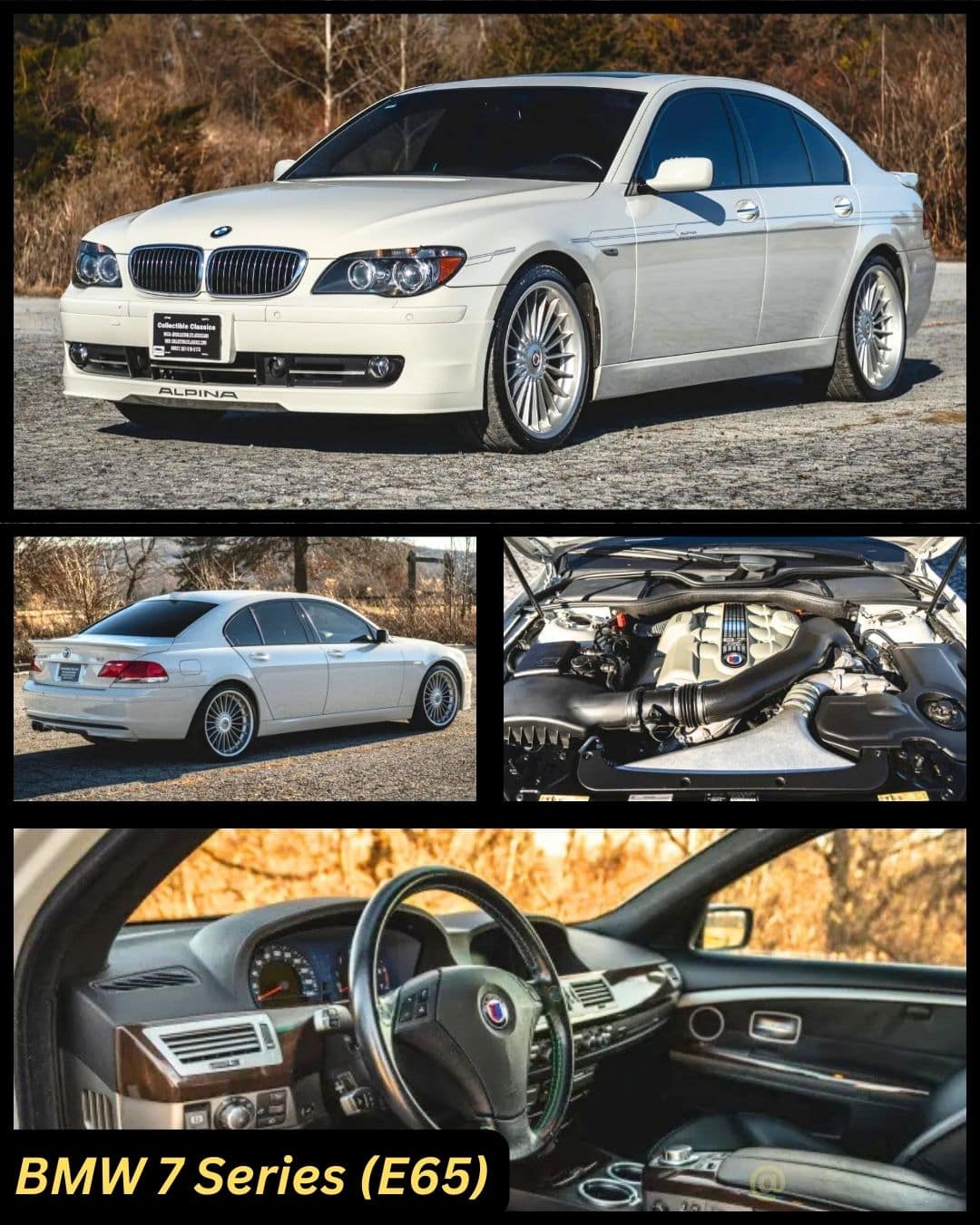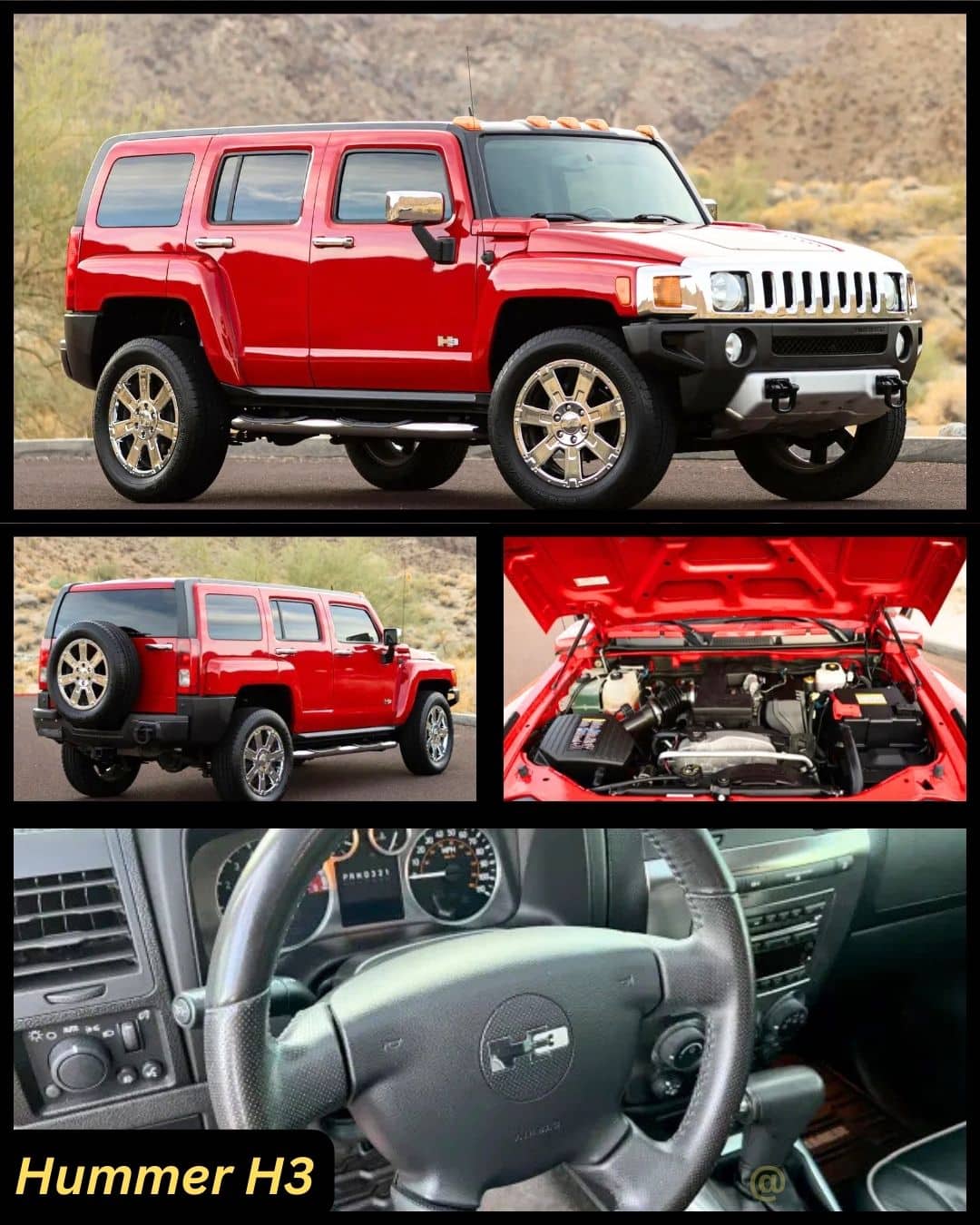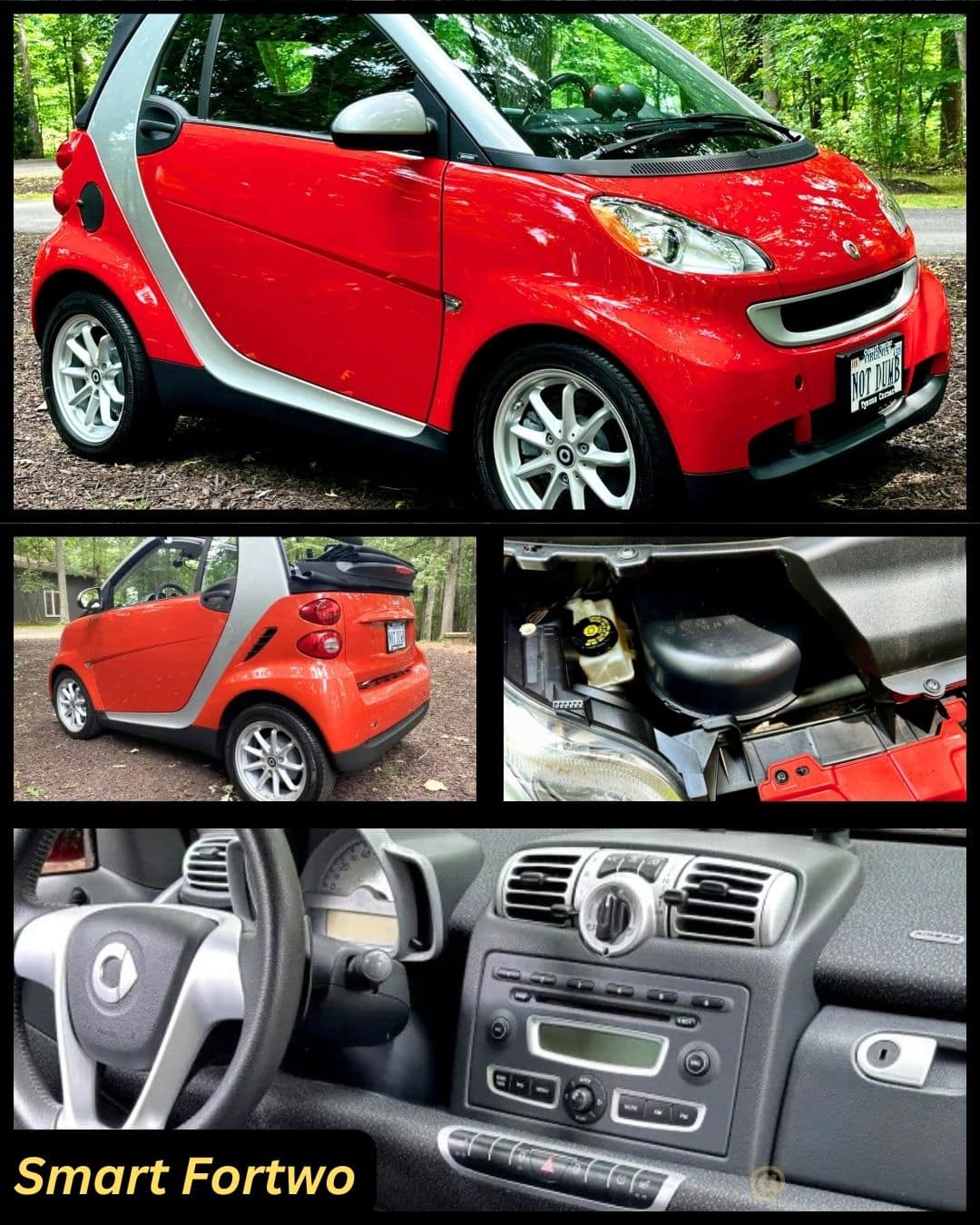They might flash stylish looks or clever features, but these vehicles can be time bombs on four wheels.
Owning them often means navigating a maze of faults, from finicky electronics to engine disasters.
1. Yugo GV (Budget Gone Wrong)
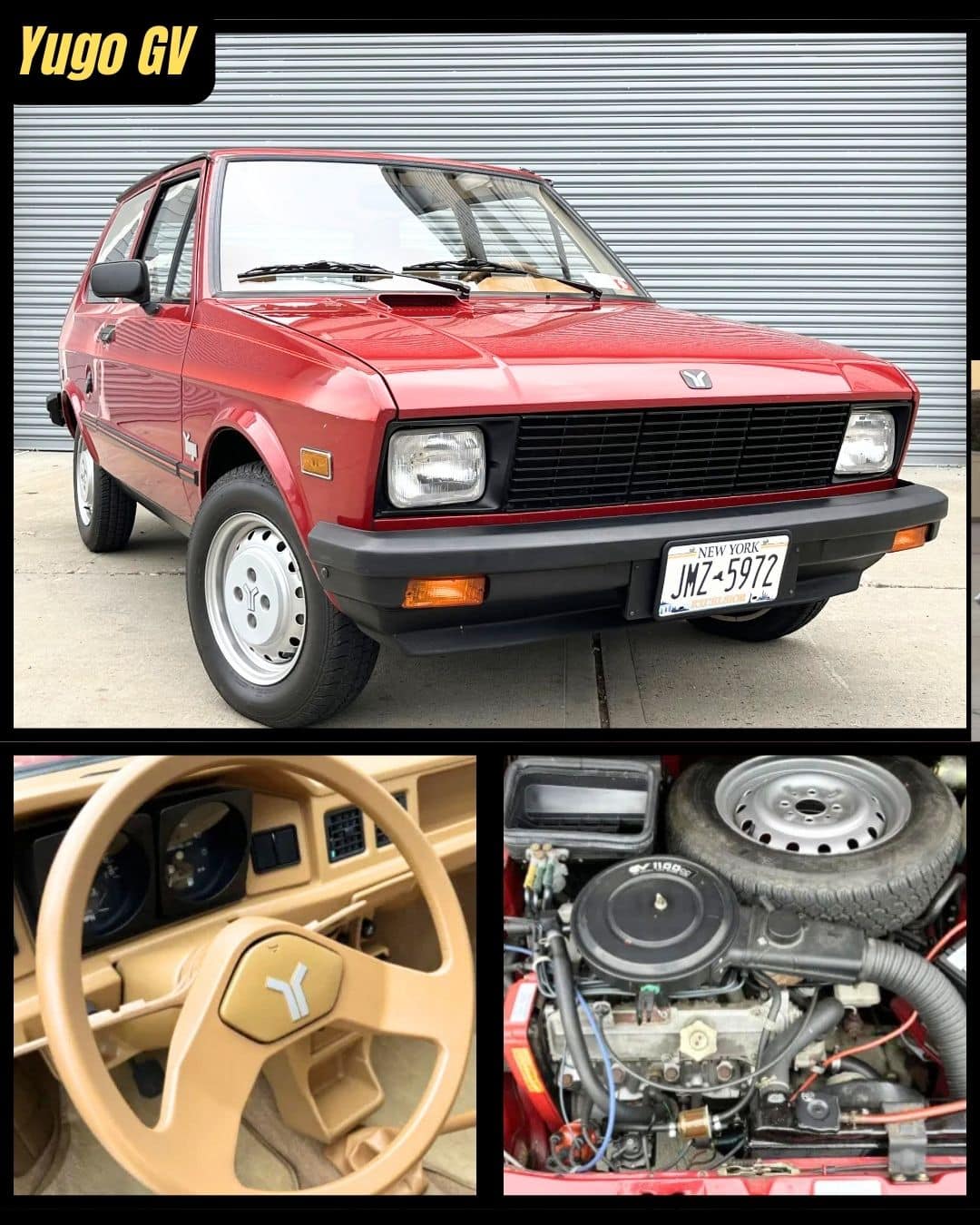
The Yugo GV arrived in the United States during the late 1980s, boasting a rock-bottom price tag that tempted cost-conscious buyers.
Under the hood, however, lurked an underpowered engine prone to constant stalling and frequent misfires.
Materials inside the cabin felt flimsy from the start. Dashboard knobs broke off with minimal effort, and the seating fabric wore out prematurely, leading to a threadbare look in short order. Mechanics often complained that spare parts were almost impossible to track down—and when they could be found, they weren’t exactly top-tier.
Electrical systems were another sore spot. Flickering lights and faulty alternators left drivers literally in the dark, and many owners were stranded on cold nights due to sudden battery drain.
Even routine maintenance tasks like adjusting the carburetor turned into daunting chores.
The Yugo’s suspension also did little to absorb road imperfections, making every pothole feel like a crater.
Despite its friendly price, the Yugo GV’s legacy rests on its unwavering lack of reliability and the countless tow trucks it seemed to keep in business.
Enthusiasts joke that owning one required as much luck as skill.
2. Range Rover (P38 & Early L322) (Luxury That Drains Your Wallet)
Range Rovers are often showcased as the height of British luxury, wrapped in rugged off-road capabilities.
Yet the second-generation P38 (1994–2002) and the early L322 models (2003–2005) were plagued by mechanical gremlins that could ruin any off-roading adventure.
The air suspension system was notorious for leaving the vehicle sagging overnight, and the necessary repairs often cost a small fortune.
Electronic complexity didn’t help either—random warning lights became the norm, with owners reporting dashboards that lit up like holiday decorations.
The engines were thirsty, and many suffered from coolant leaks or blown head gaskets.
Interior creature comforts like heated seats and fancy infotainment systems seemed impressive until they glitched out or stopped working altogether.
One of the most frequent complaints was the near-constant stream of minor electrical failures, including window regulators that jammed and power mirrors that refused to move.
Because of the sophisticated design, few independent shops wanted to touch these beasts, forcing owners to return to pricey dealerships.
Despite the allure of refined leather and plush carpeting, these Range Rovers left many drivers feeling more stressed than pampered.
3. Cadillac Cimarron (Badge Engineering Flop)
Launched in the early 1980s, the Cadillac Cimarron was supposed to lure younger buyers to the brand with its compact size and more affordable price.
In reality, it was a barely disguised Chevrolet Cavalier dressed up in Cadillac emblems, and discerning customers weren’t fooled for long.
The four-cylinder engine delivered unimpressive acceleration and struggled on highways, often feeling strained and underpowered.
Owners noted subpar cabin materials: plastic trim rattled and squeaked, while seat upholstery often wore out quicker than expected for a luxury marque.
The Cimarron’s archaic steering and suspension made it less comfortable compared to other Cadillacs, leading many to question why it bore the famous crest at all.
Reliability issues popped up everywhere—from stalling due to faulty fuel injectors to electrical shorts that left essential functions dead.
Dealerships spent an unusual amount of time troubleshooting wiring diagrams that looked more economy car than premium brand.
Cadillac’s attempt to salvage its reputation included offering upgraded interiors and better sound deadening, but by then, the damage was done.
The Cimarron remains a cautionary tale of how brand dilution can backfire spectacularly.
4. Jaguar X-Type (All-Wheel Drive, All-Kinds-of-Problems)
The Jaguar X-Type, introduced in 2001, promised the prestige of a Jaguar at a more accessible price point.
Beneath the stately exterior, however, lurked a mix of issues that sent many owners straight to the repair shop.
Its all-wheel-drive system was a double-edged sword: while it added traction, it also introduced a host of transfer-case failures and strange grinding noises on acceleration.
Electrical gremlins were rampant—power windows that wouldn’t budge, instrument clusters that flickered without reason, and climate controls that decided to blow hot air in the middle of summer.
Owners also faced oil leaks from valve cover gaskets, leading to burnt oil odors that filled the cabin. Early X-Types suffered from water leakage through poorly sealed windshields and sunroofs, which could short out critical electronics or drench carpets.
Routine maintenance tasks like changing spark plugs or the fuel filter often turned into sagas of high labor costs because everything was tightly packed under the hood.
For those dreaming of classic British motoring elegance, the X-Type’s repairs quickly turned that dream into a costly nightmare.
5. Chevrolet Vega (Rust and Engine Woes)
Released in 1970, the Chevrolet Vega began its life with high expectations: a compact car with a lightweight aluminum engine that promised great fuel efficiency.
Instead, owners found themselves battling chronic overheating, warped cylinder heads, and blown head gaskets.
Many engines started burning oil at shockingly low mileage, resulting in plumes of smoke trailing the Vega down the road.
Rust was another Achilles’ heel, particularly in colder climates where road salt ate through the fenders and rocker panels at an alarming rate.
The paint sometimes bubbled just months after leaving the dealership. The interior reflected the budget-conscious approach: cheap seat materials, minimal insulation, and dash components that rattled incessantly.
GM tried to address some of these issues with recalls and extended warranties, but those efforts often fell short. Enthusiasts who tried to preserve the Vega with frequent oil changes and rustproofing found themselves still losing the battle.
Despite a few variations like the sportier Vega GT, the lineup never overcame its tarnished reputation.
Today, the Vega serves as a cautionary tale of rushed engineering and the pitfalls of cost-cutting measures.
6. Chrysler Sebring (Early 2000s) (Convertible Curses)
A budget-friendly convertible sounds like a dream, but the early-2000s Chrysler Sebring taught many owners that dreams can turn sour.
The 2.7L V6 engine was infamous for oil sludge buildup, often triggered by inadequate crankcase ventilation and poor oil change intervals. Engine failure loomed if sludge wasn’t caught early, leading to costly rebuilds or replacements.
The convertible top, marketed as a feature for sun-filled getaways, proved problematic with frequent leaks, misaligned latches, and motors that gave out unexpectedly. Interiors didn’t fare much better: center console latches broke, plastic trim faded, and seat cushions flattened quickly.
Electrical quirks included malfunctioning power windows that would either refuse to move or get stuck halfway.
Transmission woes also surfaced, with owners reporting harsh shifting or complete gearbox failure far sooner than expected.
Mechanics dreaded diagnosing these cars because the engine bay was notoriously cramped, making even routine jobs a hassle.
Ultimately, the Sebring exemplified a vehicle that looked good on a sunny showroom day but left too many drivers stranded in the rain—literally and figuratively.
7. Fiat 500L (Big Headaches in a Small Package)
The Fiat 500L arrived to combine the charm of the tiny 500 with extra space for passengers and luggage.
Unfortunately, it also brought along a laundry list of reliability problems that overshadowed its stylish design.
Owners complained of clunky automatic transmissions that lagged or jerked unexpectedly, making city driving a chore rather than a breeze.
The infotainment system was often the biggest culprit: screens froze, Bluetooth connections dropped mid-call, and random error messages appeared.
Under the hood, stalling issues plagued certain model years, leaving drivers anxiously waiting for the engine to restart.
In many cases, parts were hard to come by, and dealership service departments struggled with lengthy back orders for even basic components.
The interior, while spacious, wasn’t free of trouble—cheap plastic trims easily scuffed, seat fabrics wore quickly, and the panoramic sunroof occasionally leaked.
Although some enjoyed the car’s quirky styling and decent fuel economy, far too many found themselves returning to the service bay.
For a vehicle pitched as a family-friendly Italian runabout, the 500L often delivered a bittersweet taste of European flair mixed with frequent repair bills.
8. Land Rover Discovery II (Off-Road, But Often Off-The-Road)
Marketed as a rugged SUV that could tackle the great outdoors, the Land Rover Discovery II (1998–2004) struggled with more than its fair share of mechanical and electrical woes.
Head gasket failures were alarmingly common, causing overheating and expensive top-end rebuilds.
The infamous “three amigos” warning lights—signaling issues with the ABS, traction control, and hill descent systems—popped up with frustrating regularity.
The air suspension, while offering a comfortable ride when it functioned, could deflate without warning, leaving the SUV lopsided or stuck in a lowered position.
Rust also took its toll on the undercarriage and door sills, especially in damp climates. Electrical gremlins plagued both interior and exterior systems: power windows refused to budge, sunroofs leaked, and random sensor faults often triggered limp-home mode.
Mechanics specialized in Land Rovers sometimes joked that “you have to remove half the car to fix the other half,” thanks to complex design quirks.
While the Discovery II excelled off-road when everything worked, the constant breakdowns made it a risky buy for those expecting everyday reliability.
9. Mini Cooper (R56, 2007–2010) (Cute Yet Costly)
The second-generation Mini Cooper (R56) combined playful styling with lively handling, but it also saddled owners with a daunting list of mechanical troubles.
Timing chain tensioners rattled ominously, leading to potential chain failure if ignored—often requiring engine replacement or costly internal repairs.
High-pressure fuel pumps on turbo models had a habit of failing prematurely, causing sputtering, loss of power, or outright stalling. Oil leaks were rampant around valve cover gaskets and turbo oil feed lines, leaving messy spots on driveways and a burning smell in the cabin.
The compact engine bay design turned even routine maintenance—like replacing spark plugs—into a knuckle-busting ordeal. Interiors were stylish but not exactly sturdy: center console switches could break, and the quirky speedometer sometimes lost its calibration.
Owners also noted rapid tire wear due to sporty suspension tuning, leading to frequent replacements.
While the car excelled in delivering a go-kart-like driving experience, the repeated mechanical failures and expensive fixes wore many drivers down.
The R56 era taught would-be Mini fans that charming looks can come with an unwelcome side of mechanical drama.
10. Mazda RX-8 (Rotary Dreams, Sleepless Nights)
The Mazda RX-8 was celebrated for its high-revving rotary engine and sporty driving dynamics, enticing enthusiasts who wanted something different from a conventional piston-powered car.
However, the rotary’s design proved finicky in everyday use. Apex seals, critical to the engine’s compression, could wear prematurely, leading to misfires, low compression, and ultimately engine failure.
Owners also had to deal with frequent oil consumption, necessitating regular top-offs. Cold starts could flood the engine, making it impossible to restart without tedious troubleshooting.
Fuel economy hovered at levels more common in larger sports cars, despite the RX-8’s modest displacement.
The unique suicide door design provided rear-seat access, but that space was still cramped, meaning most passengers felt a bit claustrophobic.
The cabin had quality materials, yet certain plastics wore quickly, especially around the steering wheel and center console. Specialists versed in rotary engines were scarce, leading to higher labor costs whenever something went wrong.
While the RX-8 offered brilliant handling and a distinctive exhaust note, it forced owners to balance sheer driving joy against mechanical headaches that often popped up too soon.
11. Dodge Intrepid (2.7L V6) (Sludge Monster)
Marketed as a sleek sedan with an eye-catching cab-forward design, the Dodge Intrepid of the late 1990s to mid-2000s gained infamy for its 2.7L V6 engine.
Oil sludge was a major culprit—caused by a combination of heat, inadequate crankcase ventilation, and sometimes too-long oil change intervals.
Once sludge accumulated, it starved critical engine components of lubrication, leading to catastrophic failures.
Coolant often leaked into the oil, exacerbating the problem and turning the engine into a ticking time bomb.
Transmission reliability also came into question: rough shifts and early failures were reported by a significant number of owners.
The Intrepid’s stylish cabin offered decent space, but the materials were less than stellar—dashboards warped in hot climates, and door panels sometimes delaminated.
Electrical systems also brought headaches: faulty sensors could make the engine stall or run poorly, and instrument clusters occasionally went haywire.
Mechanically minded owners tried frequent oil changes and premium lubricants, but the underlying issues persisted.
In the end, the Intrepid’s futuristic looks couldn’t compensate for its unfortunate tendency to self-destruct from the inside.
12. Volkswagen New Beetle (Early 2000s) (When Quirky Becomes Frustrating)
The retro-styled Volkswagen New Beetle sparked plenty of nostalgia upon its debut, but the early 2000s models quickly gained a reputation for mechanical and electrical failures.
Automatic transmissions were a sore spot, with many failing well before 100,000 miles—an expensive fix that often required a total replacement.
The 1.8T engines, while fun when running smoothly, suffered from oil sludge if owners didn’t follow strict oil change intervals using synthetic oil. Window regulators had a habit of collapsing into the doors, leaving windows stuck halfway or fully open.
The Beetle’s cute, rounded dash housed a maze of electronics prone to glitching; owners reported random warning lights, malfunctioning turn signals, or radio units that refused to power on.
The quirky “flower vase” interior piece gave it charm, but cheap plastics scuffed easily, and the seat upholstery wore out.
The front trunk release—affectionately called the “frunk” by some—was prone to sticking, trapping groceries inside.
Although the New Beetle carried a warm, nostalgic appeal, its laundry list of problems often left drivers longing for the simpler days of the original air-cooled Bug.
13. BMW 7 Series (E65/E66, 2002–2008) (Over-Engineered Overload)
As BMW’s flagship, the E65/E66 7 Series arrived with cutting-edge tech and a bold exterior design. Underneath the luxury veneer, owners grappled with complex electronics that seemed determined to malfunction.
The iDrive system, introduced here, was a pioneer of in-car infotainment but also a significant pain point—software glitches, freeze-ups, and unintuitive menus frustrated users.
Air suspension systems weren’t immune from trouble, often leading to an uneven ride or complete suspension failure that left the sedan sagging.
The V8 engines in certain model years faced valve stem seal issues, resulting in clouds of blue smoke and excessive oil consumption.
Even simpler tasks like changing spark plugs or coils could be complicated by cramped engine layouts and sensors at every turn. Inside, the cabin felt plush, but features like power sunshades and soft-close doors had a tendency to break down—repairs could cost a small fortune.
Throw in occasional coolant system leaks and expensive labor rates, and it’s easy to see why many used E65 7 Series ended up auctioned off.
For all its innovation, this BMW tested owners’ patience, exemplifying how too much high-tech wizardry can backfire.
14. Hummer H3 (Big Looks, Big Letdowns)
The Hummer H3 attempted to bring the military-inspired Hummer design into a more manageable size for everyday drivers.
Despite rugged looks and decent off-road chops, the H3 became synonymous with engine and drivetrain problems that contradicted its tough exterior.
The 3.5L and later 3.7L inline-five engines were infamous for cylinder head failures, often triggered by overheating or poor coolant circulation. Timing chain tensioners could fail prematurely, leading to expensive top-end repairs.
Transmission woes were equally alarming, with some owners experiencing unexpected shifting problems or complete transmission failure.
The cabin tried for a utilitarian-meets-comfort vibe, but squeaks and rattles appeared early, and the HVAC actuators frequently broke, leaving passengers either freezing or sweltering.
While the H3’s size was more reasonable than the H2, fuel economy was still thirsty, making frequent stops at the pump a reality.
Off-road enthusiasts praised its decent ground clearance and approach angles, but lingering reliability issues overshadowed that capability.
Even with its smaller footprint, the H3 struggled to maintain a solid reputation, becoming a cautionary tale about mixing big, bold styling with fragile mechanicals.
15. Alfa Romeo Milano/75 (Passion Meets Unreliability)
Sold in North America as the Milano from 1987 to 1989, the Alfa Romeo 75 globally captured that classic Italian flair—along with classic Italian reliability pitfalls.
The car featured a rear-mounted transaxle for near-perfect weight distribution, providing superb handling when everything was working.
Unfortunately, owners soon learned that “when everything was working” was a fleeting moment.
Electrical issues ran rampant, from finicky ECUs to power windows that refused to budge. Oil leaks from valve covers and engine seals were an almost accepted part of ownership.
Rust found its way into wheel wells and door sills alarmingly fast, especially in wet or salty climates. Parts availability was a gamble; some critical components had to be shipped from Europe, leading to long repair downtimes.
The Milano’s interior offered sporty seats and a unique dash layout, but rattles and squeaks invaded the cabin after only a few thousand miles.
Even so, Alfa loyalists adored the car’s handling and its 2.5L or 3.0L V6 engines, which delivered a sweet exhaust note.
That said, the charm wore thin for those tired of constant service visits, high parts costs, and the unpredictability of true Italian motoring.
16. Smart Fortwo (Early US Models) (Tiny Car, Giant Problems)
The Smart Fortwo burst onto American roads in 2008, promising easy parking and exceptional fuel economy for urbanites.
Its compact size and quirky styling turned heads, but ownership often became a game of mechanical roulette.
The automated manual transmission clunked between gears, creating an awkward jerking motion that left some passengers feeling carsick.
Engine misfires were another irritation, sometimes traced to faulty spark plugs or injector issues. The limited horsepower made highway merges a white-knuckle affair, and gusty winds could buffet the Fortwo unpredictably.
Cabin space was understandably tight, but the real frustration surfaced when critical components failed—like cracked exhaust manifolds that cost a fortune to replace.
Some owners found themselves battling water leaks through the roof or door seals, soaking the already minimal interior.
The promise of stellar MPG often fell short in real-world conditions, making gas savings less than expected.
While the idea of a tiny city car appealed to many, the Fortwo’s abundance of reliability snags overshadowed its parking-lot advantages, prompting some to question if small was truly better.
17. Jeep Compass (First Generation) (Adventure? Maybe Not)
The first-generation Jeep Compass (2007–2010) aimed to give buyers Jeep styling without the bulk of a Wrangler or Grand Cherokee.
Yet, the Compass delivered a string of reliability missteps that betrayed the brand’s off-road heritage. The 2.4L engine had a tendency to burn oil, sometimes leading to early wear on internal components.
Complaints about the continuously variable transmission (CVT) were widespread: sudden whining noises, jerky engagement, and outright failure left owners on edge.
Even routine maintenance tasks like changing the transmission fluid often proved tricky, as specialized fluids and procedures were required.
The suspension components wore out at a frustrating pace, causing clunks and rattles over the slightest bumps.
Inside, cheap plastics showed scratches and scuffs immediately, and seat fabric wasn’t particularly durable, especially for an SUV that might see pets or camping gear.
Water leaks around door seals and sunroofs were also reported, soaking carpets and occasionally shorting out electronics.
While the Compass offered decent fuel economy for a crossover, its lack of the iconic Jeep ruggedness—and the swarm of mechanical issues—left many drivers feeling more than a little disappointed.
Still here? Thanks for reading! You might also be interested in the opposite of these cars 👇
